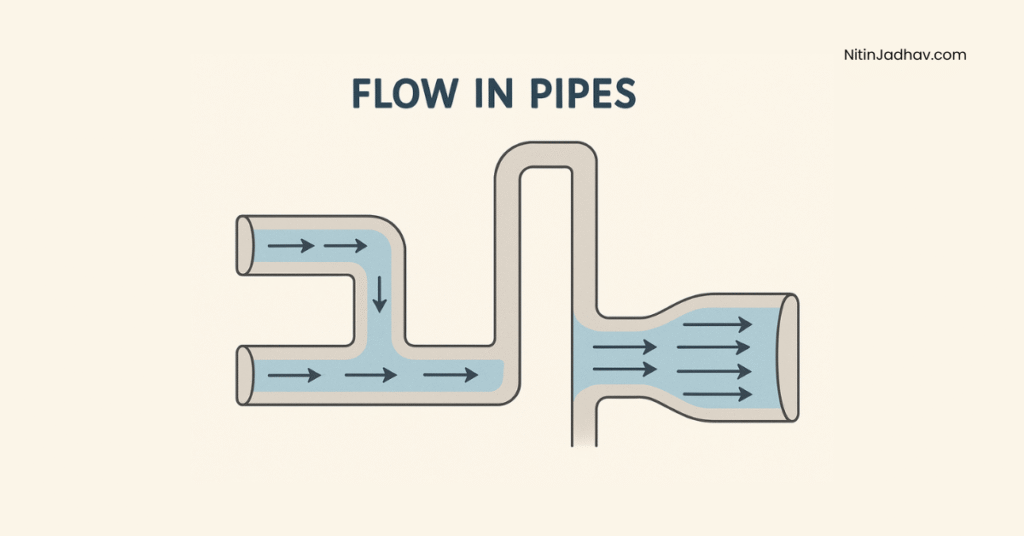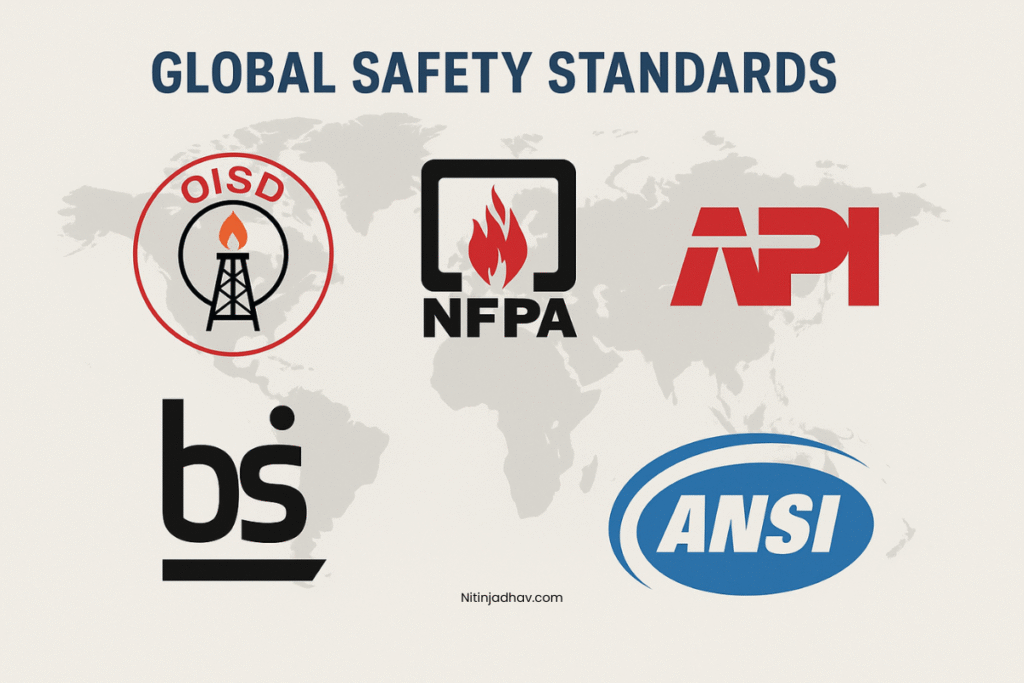🚀 Introduction
In the world of chemical engineering, process safety, and fluid mechanics, flow rate plays a vital role in equipment design, pipeline sizing, and safety system calculations. However, engineers often encounter challenges when working with different unit systems — like converting from cubic meters per hour (m³/h) to gallons per minute (GPM) or liters per second (L/s).
To simplify this, we’ve created a free online Flow Rate Converter Tool — designed especially for engineers and technical professionals.
👉 Try the tool below:
🧮 Flow Rate Converter Tool
Flow Rate Converter
📐 What is Flow Rate?
Flow rate is the volume of fluid that passes through a point in a pipeline or system over a specific period of time. It’s a fundamental parameter in fluid mechanics and is usually expressed in:
- Cubic meters per hour (m³/h)
- Liters per second (L/s)
- Gallons per minute (GPM)
- Cubic feet per minute (CFM)
🔄 Why Use a Flow Rate Converter?
Engineers and designers often work across various systems, industries, and countries — each using different units. A quick, accurate converter can help in:
- 🌐 Converting international standards into your local working units
- 📊 Pipe sizing and pump selection
- 🛡️ Calculations in firewater systems or relief scenarios
- 🔬 Ensuring consistency in process safety studies
Explore our Pipe Flow Calculator to use converted values directly in pipe sizing.
📊 Common Flow Rate Units & Conversions
| Unit Name | Abbreviation | Equivalent in m³/h |
|---|---|---|
| Cubic meter/hour | m³/h | 1 m³/h = 1 m³/h |
| Liter/second | L/s | 1 L/s = 3.6 m³/h |
| Gallons/minute | GPM (US) | 1 GPM ≈ 0.2271 m³/h |
| Cubic feet/minute | CFM | 1 CFM ≈ 1.699 m³/h |
| Barrel/day | bbl/day | 1 bbl/day ≈ 0.0066 m³/h |
🧰 How to Use the Flow Rate Converter Tool?
- Select the input unit and output unit
- Enter the flow rate value
- Instantly get the converted result
- Use the result in other tools like the Fire Water Demand Calculator
🏭 Applications in Real-World Engineering
- Process P&IDs: Ensuring unit consistency in drawings and specs
- Pump Sizing: Matching flow rate with capacity across unit systems
- Relief System Design: Standardizing vent sizing units
- Firewater System Sizing: Use in Fire Water Demand Calculation
📎 Internal Tools You’ll Find Useful
📌 Summary
The Flow Rate Converter is your essential engineering tool to avoid errors and improve calculation speed. Whether you’re working on design, operation, or safety studies, this simple utility will help you save time and standardize results.


